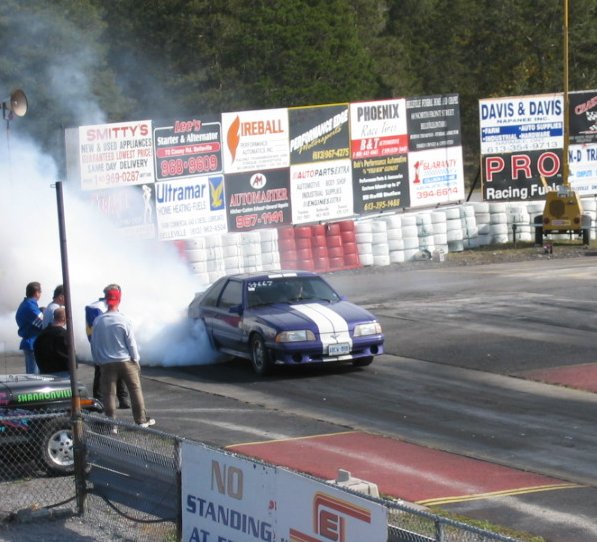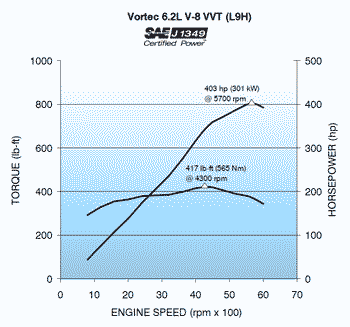Originally Posted By: Shannow
Originally Posted By: JHZR2
That's a pretty interesting discussion there...
When we were doing IC stuff, one of the parameters was (for want of a better word), the area under the torque curve...
In theory, you can take a screamer and gear it down to give the same tractive effort, and a lugger and gear it up...but a long flat torque curve, particularly in the absence of gear changes is different...if that makes sense.
I here ya, and take a look at the two:
Obviously the 8.1 makes more torque down low and continuously. Its just that max torque is at higher RPM that makes the HP ratings higher on the 6.2. I agree with you completely.
But my point was, if the 6.2 was modified to make similar max torque at similar RPMs as the 8.1 (i.e. similar area under the curve from idle to max RPM for the 8.1, even if the 6.2 could be stretched out to higher RPMs), then the only difference would be reciprocating mass, which relates back to transient capability and not getting torque to a load.







